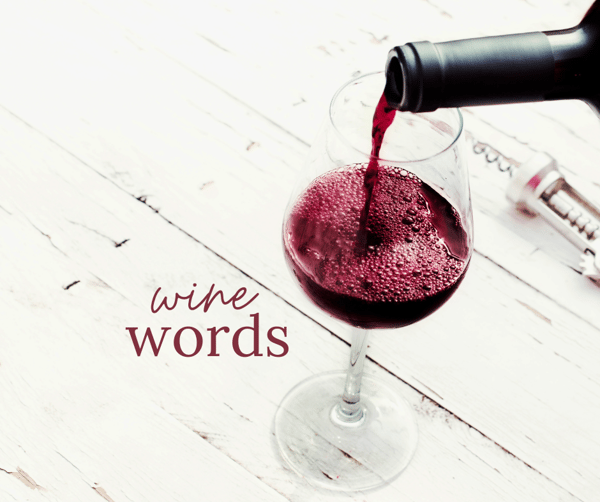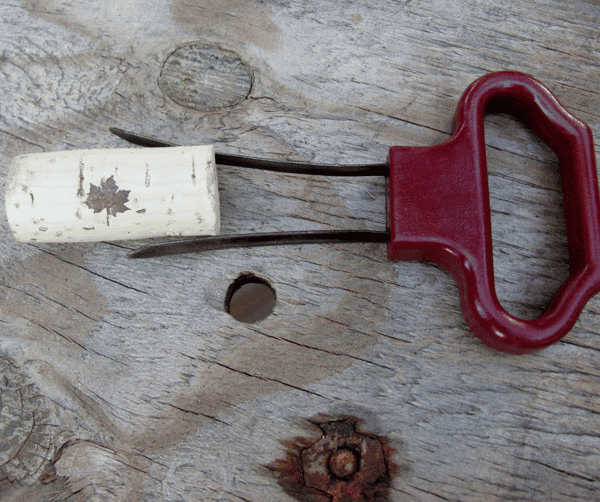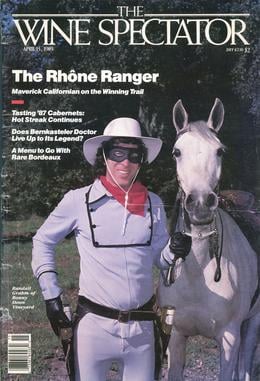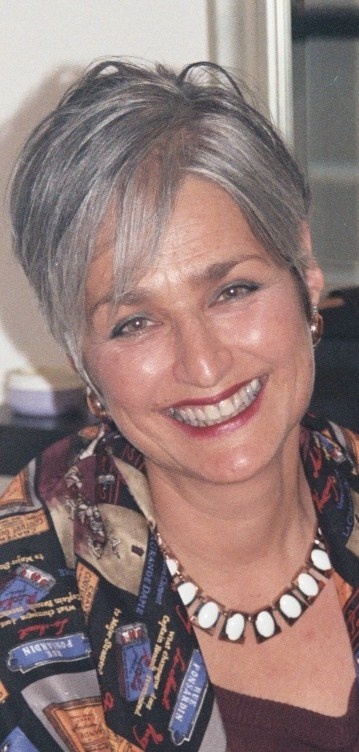A wine vocabulary helps you communicate aspects that you enjoy in wine and maybe some you don’t. Most modern winespeak is easy, such as the term ‘rich’, meaning a wine that’s rich in flavor and alcohol. Other terms aren’t as straightforward such as ‘dry’, which means the wine contains little to no sugar, except in Champagne, where ‘dry’ means ‘sweet’. As the saying goes, “In wine, if you’re not a little confused, you’re not paying attention.”
 For a basic vocabulary, be able to communicate color (white, red, rosè or - now trendy - orange), body (light or rich), sweetness (see above), and flavor (For instance, does the wine remind you of apples, green pepper, caramel …?). When you master the basics, here’s some vocabulary that will raise your status to true cork dork:
For a basic vocabulary, be able to communicate color (white, red, rosè or - now trendy - orange), body (light or rich), sweetness (see above), and flavor (For instance, does the wine remind you of apples, green pepper, caramel …?). When you master the basics, here’s some vocabulary that will raise your status to true cork dork:
Ah-So: A type of corkscrew, sometimes called a ‘cork fork’ due to its 2-pronged shape. To extract a cork, the prongs are shimmied between the cork and bottle neck; then with a twist and flick of the wrist, the cork is pulled. In theory. While the Ah-so demands skill, it’s prized by collectors because it doesn’t break corks made fragile with age. In theory. As to the origin of the name, my research reveals no information.
 Bretty: Referring to the presence of the Brettanomyces yeast, with sensations described as funky, sweaty saddle and barnyard. Yum! Because Brett can reduce a wine’s age potential, it is technically a fault. However, Brett is prized for endowing earthy complexity to wine, especially in France’s Burgundy region – producer of the priciest wines on earth - where you may hear tasters exclaim “Ca c’est la merdre!” (“That’s the real s**t!) Like a person’s face that’s made more interesting by a nose that’s technically too big or a scar, when tasting a Bretty wine, “Beauty is in the palate of the taster.”
Bretty: Referring to the presence of the Brettanomyces yeast, with sensations described as funky, sweaty saddle and barnyard. Yum! Because Brett can reduce a wine’s age potential, it is technically a fault. However, Brett is prized for endowing earthy complexity to wine, especially in France’s Burgundy region – producer of the priciest wines on earth - where you may hear tasters exclaim “Ca c’est la merdre!” (“That’s the real s**t!) Like a person’s face that’s made more interesting by a nose that’s technically too big or a scar, when tasting a Bretty wine, “Beauty is in the palate of the taster.”
Cat Pee: An aroma associated with cool-climate Sauvignon Blanc and tom cats. Like Bretty funk (see above), the cat pee sensation is a reminder that wine – our oldest beverage along with water and milk – is a product of nature. At least it was, until the 1950’s when the University of California promoted wines made according to a chemistry book, earning U.S. wines the reputation of being chemically stable, but squeaky clean and boring.
Cellar Rat: A worker who does odd jobs around a winery or cellar.
Corked: Indicating the presence of 2,4,6-trichloroanisole (TCA), an aroma compound with sensations like wet cardboard. Get to know this aroma because it’s pervasive; the Wine Spectator reports up to 15% corky wines in their panel tastings. It’s not the cork’s fault, though. TCA is formed thru the interaction of plant phenols (often wood), mold and chlorine; it may form on any damp wood surface cleaned with chlorine (like a wood pallet), then be transferred to wine. Even screw-capped wines are vulnerable. TCA has no health risk. Don’t use this term randomly; you might not like a wine, but that doesn’t mean it’s corked.
Donut: A wine with no middle flavor. Just like a well-written novel engages the reader from the first page to the last sentence, fine wine has a through-line of flavor, from first sip through to the wine’s finish (flavors that remain after swallowing or spitting). A donut wine may indicate winemaking shenanigans, such as adding sugar to mask inferior quality.
 The Wine Spectator, April 15, 1989, with cover story "The Rhône Ranger", featuring winemaker Randall Grahm dressed as The Lone Ranger.
The Wine Spectator, April 15, 1989, with cover story "The Rhône Ranger", featuring winemaker Randall Grahm dressed as The Lone Ranger.
Rhone Rangers: A merry band of California winegrowers, uniting casually, then forming a nationwide trade organization of the same name. While U.S. wine made its fame on Chardonnay, Cabernet Sauvignon and Pinot Noir, these grapes’ French homeland is far cooler than California vineyards. In the 1980’s, winegrowers including Randall Grahm (Bonny Doon), Fred Cline (Cline Cellars) and Bob Lindquist (Qupè Wine Cellars) matched California’s sun-drenched warmth with grapes from the Rhone Valley, one of France’s warmest regions. U.S. drinkers flocked to the extra-ripe, juicy flavors of grapes Syrah, Grenache, Mourvedre and 16 other white and red grapes that make up classic Rhone wines like Cotes du Rhone and Chateauneuf-du-Pape.
 TCB's Chateauneuf-du-Pape, Saintes Pierres de Nalys by E. Guigal
TCB's Chateauneuf-du-Pape, Saintes Pierres de Nalys by E. Guigal
Wine-o’-clock: Like the expression “It’s 5 o’clock somewhere,” wine-o’clock is any appropriate time to drink wine, morning noon or night.
At The Chopping Block, wine-o’clock begins with Raise a Glass, a bi-weekly gathering to taste and explore wine. In an hour’s seated session, we taste three wines complemented by simple tasting noshes and chat led by me, Mary Ross. Raise a Glass is a great way to begin your weekend with delicious wine and lively discussion. We hope you join us at an upcoming session:
- Friday, February 9 5pm Just 2 spots left!
- Friday, February 16 5pm











